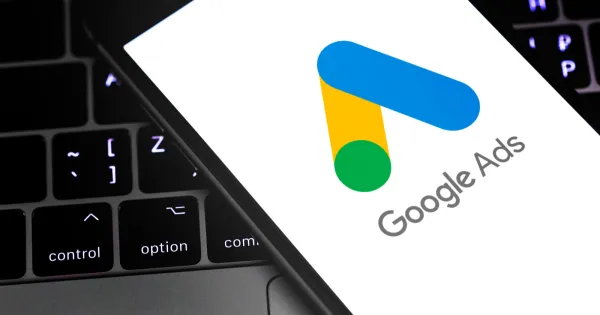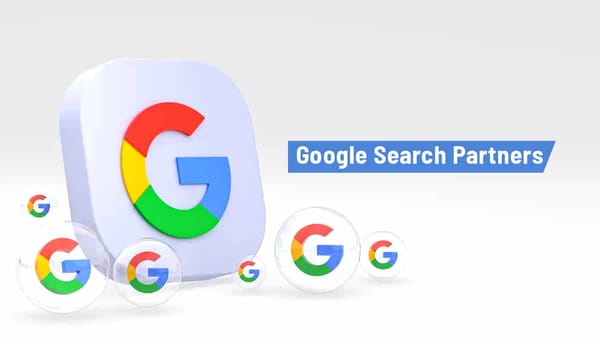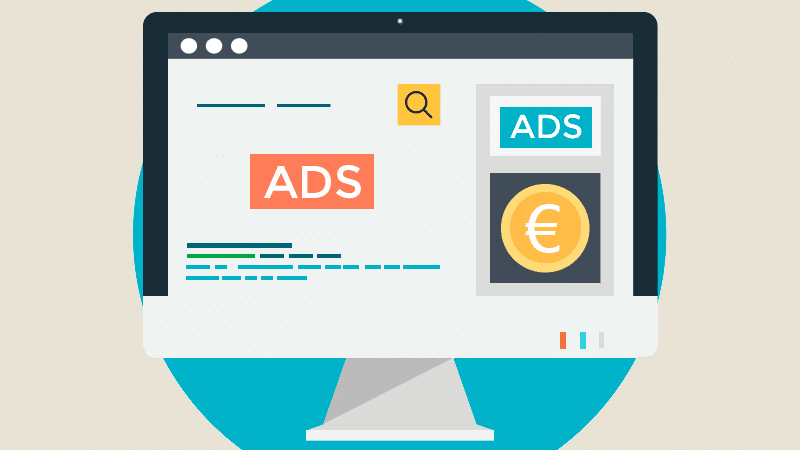TikTok: The Social Media Revolution Changing Digital Culture

Introduction
TikTok has taken the world by storm, transforming from a simple short-video app into a global entertainment and marketing platform. With over a billion active users, TikTok has changed how people consume content, connect with others, and even do business.
But what exactly is TikTok, and why has it become so popular? This article explores the app’s origins, features, impact, and future in the digital landscape.
The Origins of TikTok
TikTok was launched by the Chinese company ByteDance in 2016 under the name Douyin for the Chinese market. In 2017, ByteDance acquired Musical.ly, a popular lip-syncing app, and merged it with TikTok in 2018 to create the global version we know today.
Since then, TikTok has rapidly grown, expanding its influence across various industries, including entertainment, education, and e-commerce.
Key Features of TikTok
TikTok’s success comes from its user-friendly interface and powerful content creation tools.
Main Features:
- Short-Form Videos – Users can create and watch videos from 15 seconds to 10 minutes.
- For You Page (FYP) – A personalized feed powered by an advanced algorithm.
- Filters and Effects – Interactive filters, augmented reality (AR) effects, and voice-changing tools.
- Trending Sounds and Music – A massive library of viral sounds and licensed music.
- Duets and Stitches – Features that allow users to collaborate or react to existing videos.
- Live Streaming – Creators can engage with their audience in real time.
These features make TikTok a creative hub for users worldwide.
Why TikTok Is So Popular
TikTok’s rapid rise in popularity can be attributed to several factors.
Reasons for TikTok’s Success:
- Highly Engaging Algorithm – The FYP ensures users always see content tailored to their interests.
- Ease of Use – Anyone can create and share videos within minutes.
- Strong Community Engagement – Challenges, trends, and interactive content keep users hooked.
- Viral Potential – Even new creators can gain millions of views overnight.
- Diverse Content – From dance and comedy to education and business, TikTok caters to all audiences.
Because of these factors, TikTok has reshaped the social media landscape.
TikTok’s Influence on Digital Culture
Beyond entertainment, TikTok has influenced multiple industries and trends.
Areas TikTok Has Impacted:
- Social Media Trends – Other platforms like Instagram and YouTube have adopted TikTok-style short videos.
- Music Industry – Songs that trend on TikTok often become global hits.
- Marketing and Advertising – Brands use TikTok for viral campaigns and influencer collaborations.
- Education and Awareness – Many users share informative and educational content.
- E-Commerce Growth – TikTok Shop and live shopping features have revolutionized online sales.
TikTok’s cultural impact continues to grow as more industries embrace the platform.
What the Future Holds for TikTok
TikTok is constantly evolving with new features and business opportunities.
What to Expect:
- More Advanced AI and Personalization – Even better content recommendations.
- Increased Monetization Options – More opportunities for creators and brands.
- Stronger E-Commerce Integration – Expanding TikTok Shop and influencer-driven sales.
- Regulatory Challenges – Potential legal and data privacy concerns in some countries.
Despite these challenges, TikTok is expected to remain a dominant force in the digital world.
Conclusion
TikTok is more than just a social media app—it’s a cultural phenomenon that has transformed digital content creation. Its ability to entertain, educate, and connect people has made it one of the most influential platforms today.
As TikTok continues to evolve, businesses, creators, and users must adapt to stay ahead of trends and maximize their presence on the platform. Whether for fun or profit, TikTok is here to stay and will keep shaping the future of online engagement.




